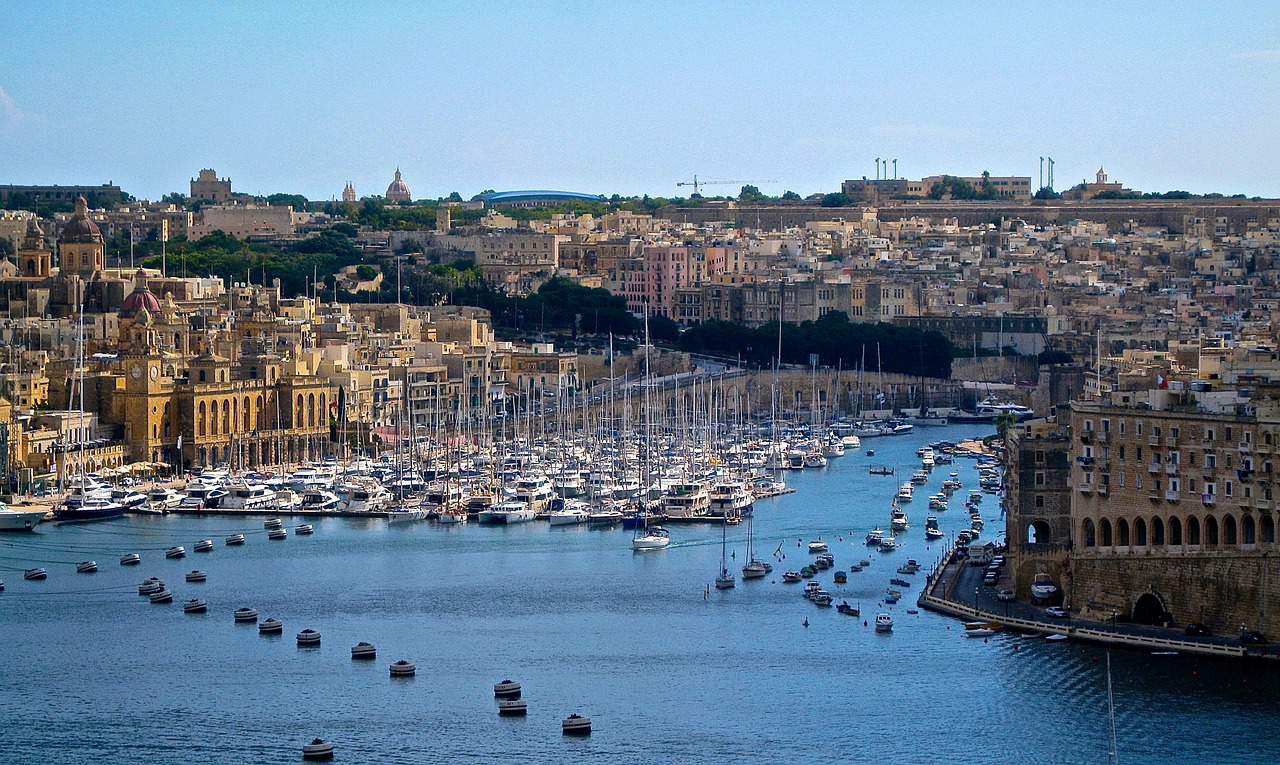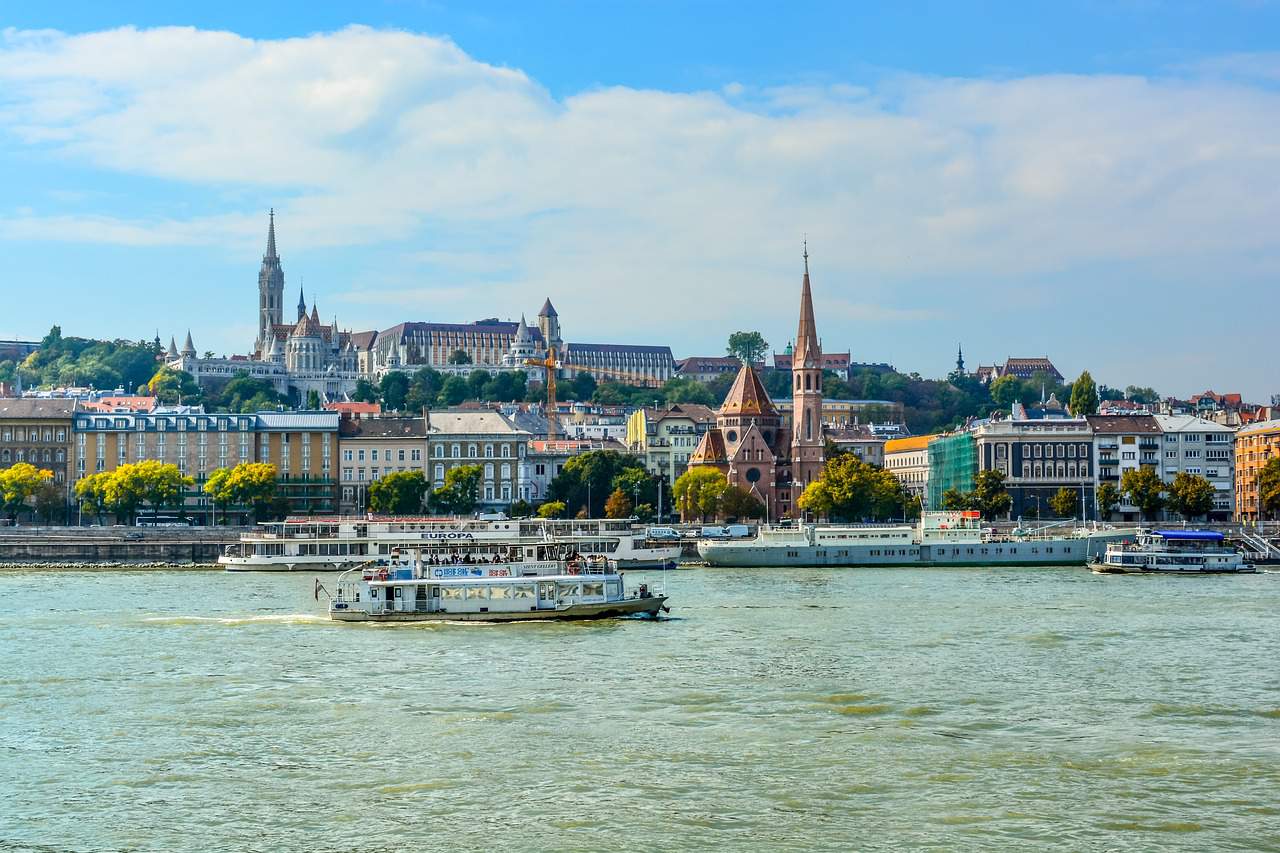What happens to Budapest tourism after the setback?
The coronavirus and the lockdowns completely paralysed the capital, with venues, hotels, and restaurants struggling to get through this period. How will Budapest’s tourism revive, and what will the future hold?
In a recent Qubit podcast, Balázs Édes, an urbanist, and Bálint Kádár, President of the Centre for Contemporary Architecture and Associate Professor of the Department of Urbanism at BME, talked about the past and future of tourism in the capital.
Kádár has made comprehensive research about tourists’ use of Budapest locations. According to him, Budapest is especially interesting architecturally because, in the 18-19th century, Hungarians learned to copy Paris and then slowly embraced their uniqueness, creating a special, mixed style.
Until the 2000s, the typical Budapest tourist came for organised bus routes to check out the most famous attractions.
In the 2010s, however, the city started to slowly develop into something much more complex and interesting in tourists’ views.
He compared the Hungarian capital, in terms of urban development, to Prague and Vienna. The Czech capital was much more closed before the ’90s, so when the iron curtain was finally lifted, there was a sudden tourist rush in Prague. This caused the city’s centre to become a hot spot for foreigners, concentrating all the attractions in a small area. At the same time, Budapest suffered a huge decline. It was no longer the only reachable city in the Eastern bloc, though it kept the mixed style of western and eastern influence.
Around 2010, urban development programs started, focusing on building a connected network instead of tourist ghettos with concentrated attractions. This is somewhat similar to Vienna’s much more conscious way of shaping the city for tourists.
Before the coronavirus, the main issue was Airbnb spreading around the city. The idea of renting flats in the central points of the city does not help this networking, it causes overtourism, so it should be regulated.
The virus struck Budapest much more because the tourism of the capital is based on foreigners.
The citizens of Budapest go on holiday to the countryside, but the people of the countryside typically do not come to Budapest. According to the pre-booking data of the National Tourist Information Centre, more than 1 million guest nights have been booked for the three summer months, of which 75 per cent came from Hungarian guests, says Pénzcentrum. Although domestic tourism has started a steady recovery, mass bookings of foreign guests in the capital are only expected to come in the autumn.
The industry may only reach pre-epidemic levels in 2-3 years at the earliest.
According to Világgazdaság, destinations within Europe will be the first to revive. In order to survive, Budapest must be placed on the bucket list of rural Hungarians.
Competitiveness can be measured by authenticity, says Kádár, and today’s Budapest is not like Paris, Moscow, or Berlin. The values of uniqueness will only be increased in the aftermath of the epidemic.

Read alsoTourism to restart? Here are the details of next year’s Wizz Air flights
Source: Qubit, Pénzcentrum, Világgazdaság
please make a donation here
Hot news
Orbán cabinet: Hungary can receive 6.61 billion euros from the EU in 2025
Experience the magic of Zagreb’s Christmas market with a special train from Hungary!
PHOTOS: Amazing Roman Catholic parish house inaugurated in Transylvania
PM Orbán: Patriots in majority in the Western world with Trump, left unable to govern
Big change ahead: Hungarian government bans alcohol from shop windows
Netherlands defeated Hungary, Hungarian former player, assistant coach Szalai almost died – PHOTOS




